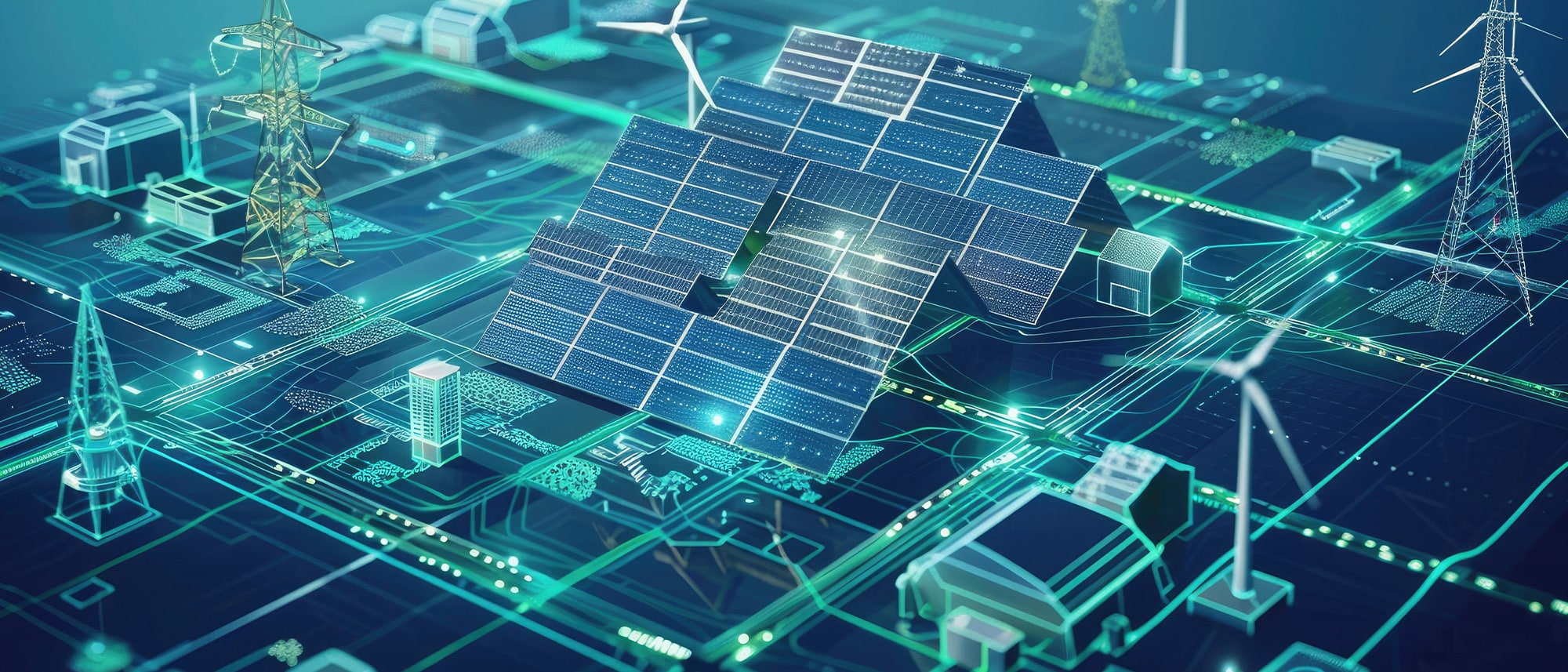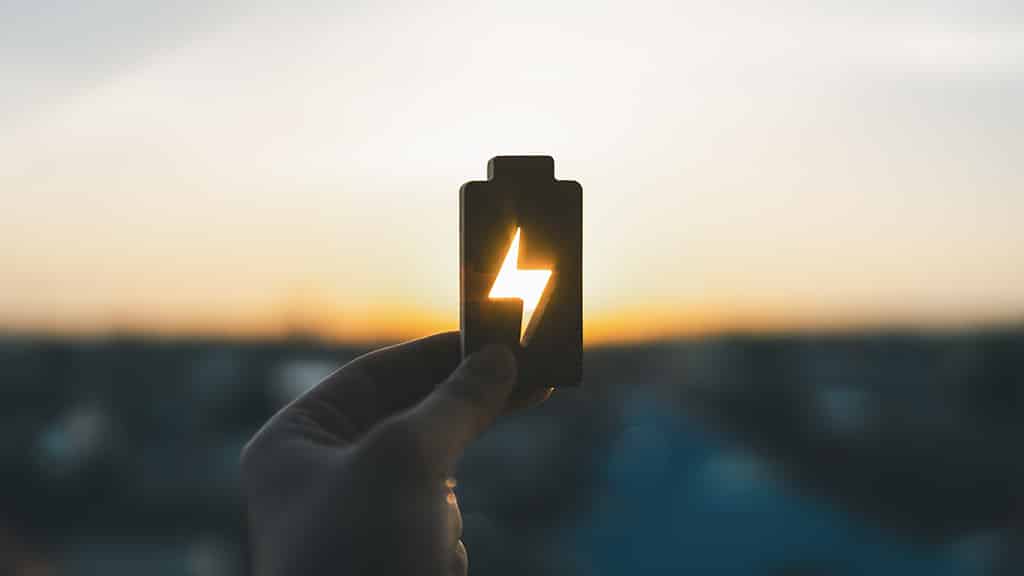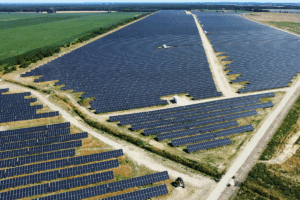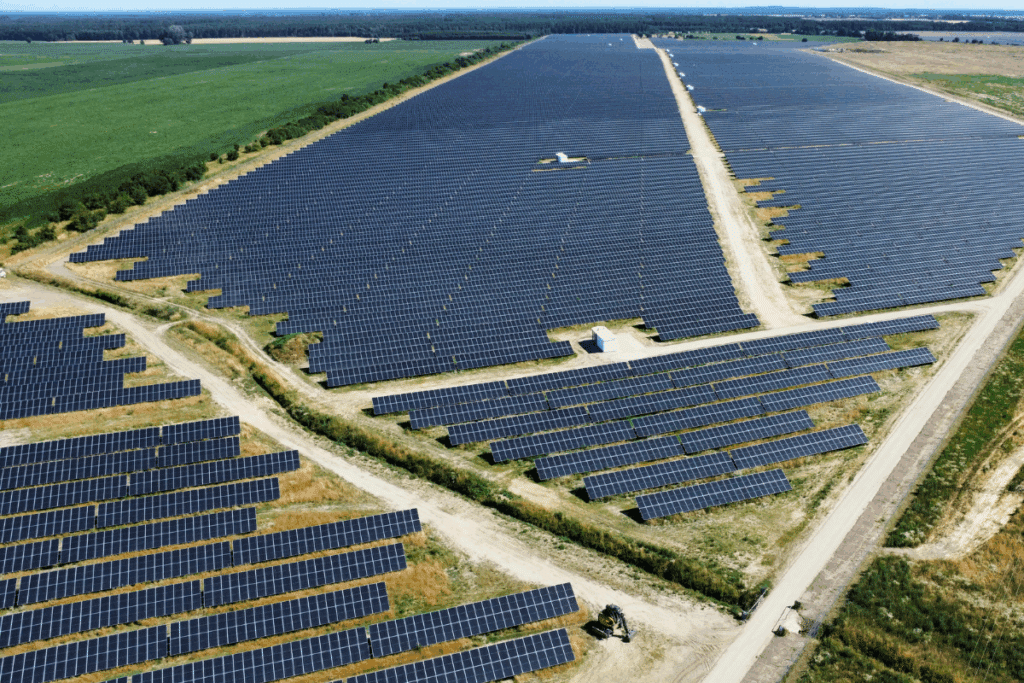This is one of the key scientific questions concerning our lives. The answer is not simple, but in this text, I will attempt to outline as clearly as possible the essence and significance of energy, some of its sources— including renewable sources — and the way it influences our daily lives.
What is energy, and how do we measure it?
Energy is ubiquitous and essential for the functioning of the universe. We know that it powers everything — from our bodies and biological processes, through natural forces such as wind and waves, to advanced technologies and the light of stars.
Although it takes many different forms—such as mechanical, thermal, chemical, electrical, and nuclear energy —i t all boils down to one fundamental concept: energy is primarily the ability to perform work, which in the language of physics is the result of multiplying force by displacement.
Although this basic definition has been expanded in science, for the purposes of this text, it will suffice.
However, to understand how we measure energy, we must also know about:
💡The device has a power of 1 watt if it performs 1 joule of work in 1 second. Therefore, a 10 W LED bulb consumes 10 joules of energy every second of its operation.

Energy in practice
Before I write more about electrical energy, which is the foundation of Electrum’s operations, let’s look at energy through the lens of our everyday experience.
When we consume a meal, the energy from the food breaks down in our body so it can work, performing a range of tasks that make up life.
However, even things that seem lifeless from our perspective store energy. For example, a piece of wood, which we can use to sustain a fire in a campfire, contains chemical energy resulting from the bonds between the atoms that make it up. If these bonds are broken, for instance, by applying heat, the chemical energy is released in the form of fire.
E = mc². What does it mean?
However, energy is not just about motion and heat – there is an even more powerful source of it, hidden within matter itself. Let’s stick with the piece of wood mentioned earlier. Every atom in its structure has a nucleus made up of protons and neutrons, and the energy that holds them together is one of the most powerful forces in the universe. This is nuclear energy.
If we were to break the atomic nuclei in a fission reaction, a huge amount of energy would be released – far greater than in any chemical reaction.
It is this nuclear energy that powers nuclear power plants, where controlled fission reactions release heat, which then turns water into steam, driving turbines that produce electricity (which we will discuss later in the text).
However, the conversion of 100% of matter into energy, while theoretically possible, is highly unlikely. In the case of nuclear fuel, only a small percentage of it is converted into energy (which still generates enormous power).
Interestingly, Poland is currently the only country in Central Europe without a nuclear power plant. We only have the research nuclear reactor MARIA in Otwock.
Energy Generation and Energy Industry
Since we’re talking about nuclear reactors, it’s worth taking a look at the entire branch of industry that deals with the production and distribution of electricity and heat: the energy sector. We can divide it into conventional and unconventional energy.
- Conventional energy – present since the Industrial Revolution in the 19th century, involves generating energy by burning fuels such as coal, lignite, oil, and gas, which are understood here as non-renewable energy sources.
- Unconventional energy – on the other hand, refers to other methods of obtaining energy from renewable sources such as water, sunlight, wind, heat, or from an alternative source such as nuclear reactions.
An interesting point is the issue of biomass, which is a renewable source, but energy is obtained from it in a conventional manner due to emissions and the way it’s produced.
If you want to learn about how wind energy and solar energy work, you can read our articles:
💡 Let’s return to the unit of power, i.e., 1 watt!
In the context of renewable energy sources, let’s go back to the unit of power mentioned at the beginning – 1 watt, or rather 1 megawatt (MW) – which allows us to evaluate how effectively energy generation technologies work.
For example, a 2 MW wind turbine means that under favorable conditions, it can deliver 2 million joules of energy every second. Similarly, photovoltaic panels convert sunlight into electricity, and their power, measured in megawatts, determines how much energy they can produce over time.
The higher the system’s power, the more energy we can obtain. And today, we know one thing for sure: we need a lot of it. We discussed how the world is entering the era of electricity in an article prepared for World Energy Day 2024.

Electricity
We know that electricity can be generated in various ways.
At Electrum, the core of our work is electricity obtained from renewable sources.
Electricity is a form of energy resulting from the movement of electric charges, mainly electrons. It is one of the most versatile and widely used types of energy because it can easily be converted into other forms, such as heat, light, or motion.
So, what exactly is electric current?
Electric current is simply the orderly movement of electrons in a conductor (a specific material, such as copper), usually under the influence of an electric voltage (a potential difference between two points). It can take the form of:
- Direct current (DC) – where electrons flow in one direction (as in batteries).
- Alternating current (AC) – where the direction of electron flow changes cyclically (as in electrical outlets).
Electricity can easily be converted into other forms:
- In a light bulb, it turns into light and heat.
- In an electric motor, it transforms into mechanical energy (motion).
- In an electric heater, it changes into heat.
Importantly, electricity itself is not a fuel. Fuel refers to a material or substance that contains energy and can release it through combustion, chemical reactions, or other physical processes. Therefore, energy always comes from some source.
This is why the question is so important: how do we produce energy, and do we do it in a sustainable way?
Renewable energy sources are key in the process of decarbonization and reducing greenhouse gas emissions. But I will discuss that in another article.
Important: Energy never disappears!
An important thing to understand is that energy cannot be destroyed or irreversibly lost – it can only be transferred. Energy in nature never disappears; it just changes form and moves from one place to another. Energy always has to go somewhere.
When we plug a phone into a charger, the electrical energy from the outlet goes through several transformation stages before being used, and then continues its “journey.”
The outlet provides high voltage electricity (e.g., 230V), the charger converts it to a lower voltage (e.g., 5V or 20V) and changes alternating current to direct current.
| 👉 Volt (V) is the unit of electric voltage, meaning the potential difference between two points in a circuit. The higher the voltage, the greater the force with which electrons are pushed through the conductor. For example, in a home outlet, we have 230V, but phone chargers reduce this voltage to safe levels of 5V or 20V so that it can be used by the device. |
…tracking our energy further: the phone receives electrical energy and stores it in the battery as chemical energy. While using the phone, the battery converts the chemical energy back into electrical energy, which powers various components – the light from the screen reaches our eyes and surroundings, and a similar process happens with sound waves and heat. Eventually, all the energy that came from the socket is transformed into heat and radiation that spreads into the surrounding world.
Everything is part of the great energy cycle.
Energy must be conserved.
Summary. Key takeaways about energy
- Energy is the ability to do work – it powers everything, from living organisms to technology and phenomena in the universe.
- It does not disappear; it just changes form – according to the law of conservation of energy, it transitions from one form to another, but it never vanishes.
- We measure energy in joules (J) and power in watts (W) – these units help determine the amount and speed of work being done.
- Energy sources are divided into renewable and non-renewable – the future depends on how wisely we use the former.
- Electric energy is not a fuel, but a form of energy – it always comes from some source, and its production can have different impacts on the environment.
- Electric current is the organized flow of electrons – it can be in the form of direct current (DC) or alternating current (AC), which affects how it is used.
- Voltage (Volt) determines the force with which the current flows in the circuit – for example, an outlet provides 230V, while a phone charger reduces it to 5V or 20V.








